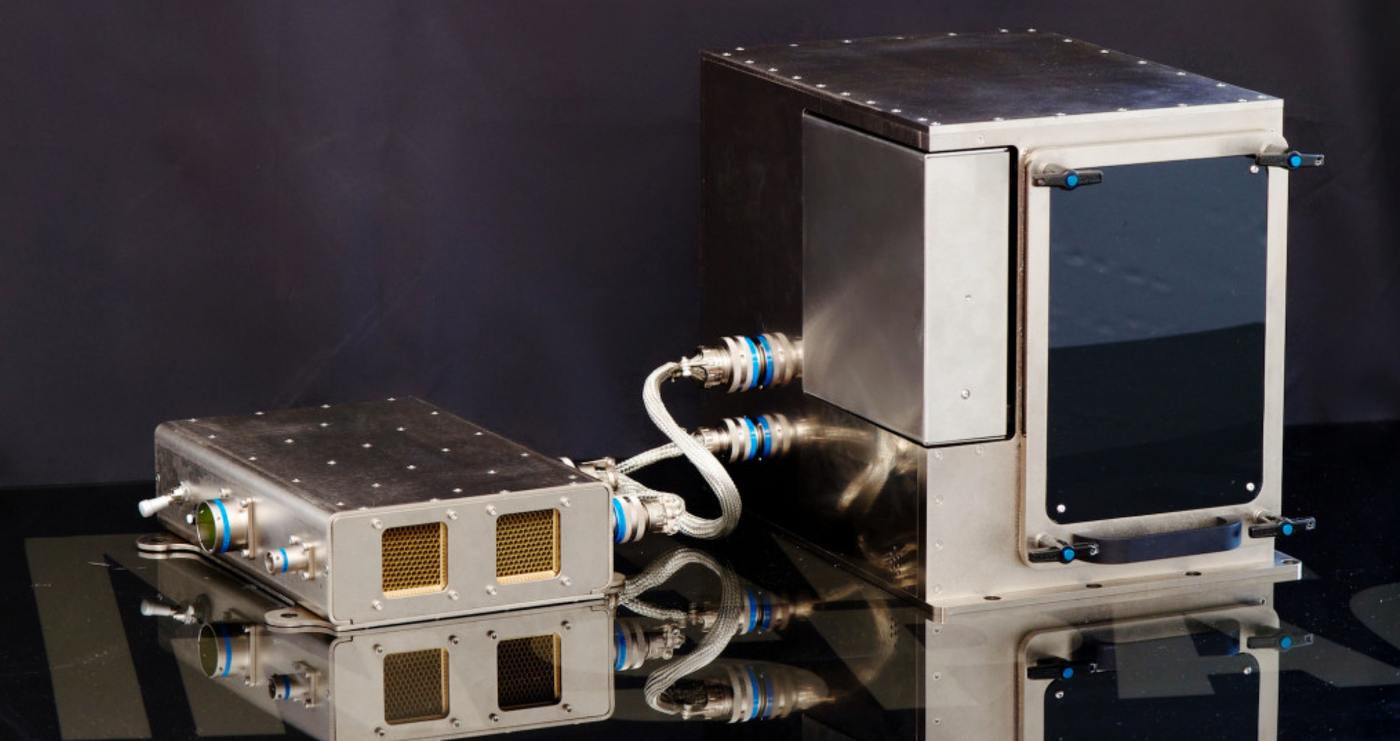Is 3D Printing the Key to Packing Light on Space Missions?
When you try to go on a road trip, you typically try to pack light; you want just the necessities to get you through the trip so you don’t have to lug your entire house with you. Doing so not only reduces the burden on you to remember everything, but it also helps with your fuel economy.
Astronauts in space have to think along the same lines, and as you can imagine, it can be a little bit trickier than simply packing up and hopping in the car and leaving. Astronauts have to pack light because rocket boosters can only handle so much weight, and also because the International Space Station only has so much room on it.
3D printing may be very useful in this respect, allowing astronauts to simply print what it is that they need at any given time, rather than having to pack it with them. 3D printing is also one of the ways NASA might make the components necessary for habitation on Mars in the next several decades.
The advantages of having a 3D printer in space are endless. The power to make anything you want at any time is incredibly useful, it’s just a matter of packing the printing supplies, which are going to be significantly more Tetris-friendly than multi-shaped objects that get packed for space missions.
3D printing has a wide array of uses and has been used for growing human tissue, growing replacement body parts for animals, and even for building bridges. With that being said, such a versatile capability will surely prove its usefulness in space; right?
Soon, astronauts will get to find out. Carried aboard the recent rocket launch to the International Space Station, which brought NASA astronaut Jeff Williams and Roscosmos’ Oleg Skripochka and Alexey Ovchinin there, is a small 3D printer that will be tested onboard the International Space Station.

The 3D printer, which was provided by Made In Space, was provided along with some feedstock, which means it will be used to 3D print objects on the International Space Station, setting records for some of the first 3D-printed objects in space.
NASA is confident that the testing about to take place on the International Space Station with 3D printing will set a precedent in survival away from Earth.
“Space exploration is a lot like a camping trip—if something goes wrong or there’s an emergency, you’ve got to go home to fix it,” says Jason Dunn, Chief Technology Officer and co-founder of Made In Space. “3-D printing will allow independence from Earth. Raw materials pack down way tighter than built-out objects.”
It should be interesting to see what some of the first 3D-printed objects in space will be. Clearly, there is tons of wiggle room for this industry to take off in space (no pun intended).
Source: Wired








